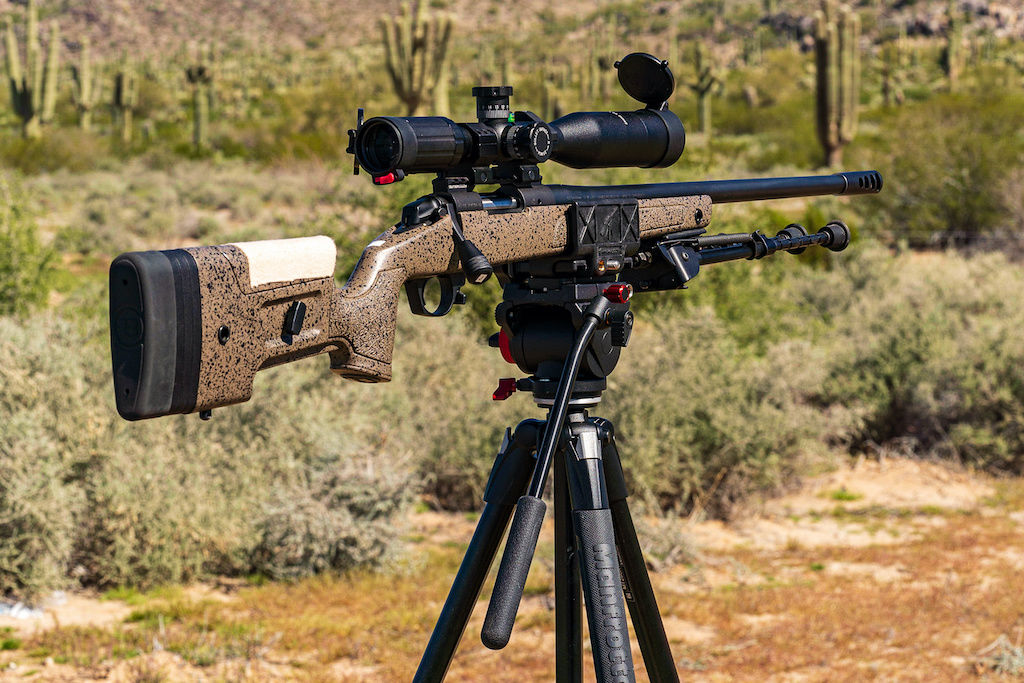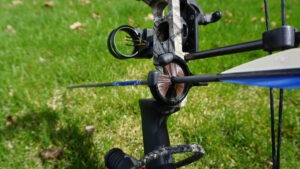In today’s fishing industry, there are numerous tools and technologies available to help anglers maximize their catches. One such tool is the 2D sonar fish finder, which has revolutionized the way fishermen locate and track fish underwater. If you’re looking to invest in a reliable and efficient fish finder, this comprehensive guide will provide you with all the information you need to make an informed decision. From understanding the basics of a 2D sonar fish finder to exploring the top models in the market, we’ve got you covered!
Understanding 2D Sonar Fish Finders
Before diving into the technical details, let’s start by understanding what exactly a 2D sonar fish finder is. In simple terms, a 2D sonar fish finder is a device that uses sound waves to detect and display underwater objects, including fish. By transmitting sonar waves and measuring the time it takes for these waves to return after hitting an object, the fish finder can create a detailed image of what lies beneath the surface.
But how does a 2D sonar fish finder work? Let’s find out!
What is a 2D Sonar Fish Finder?
A 2D sonar fish finder consists of several key components, including a display unit, a transducer, and a power source. The transducer acts as the fish finder’s eyes and ears underwater, emitting sound waves and receiving their echoes. These echoes are then sent to the display unit, where they are processed and transformed into a visual representation.
The display unit of a 2D sonar fish finder is designed to provide a clear and detailed image of the underwater environment. It typically includes a high-resolution screen that shows the detected objects, such as fish, structures, and the depth of the water. Some advanced fish finders even have color displays, allowing for better differentiation and identification of underwater features.
The transducer, which is the heart of the fish finder, is responsible for emitting and receiving sound waves. It is usually mounted on the hull of a boat or attached to a fishing rod. The transducer emits a sound wave, often referred to as a ping, which travels through the water. When the ping encounters an object, such as a fish or a submerged structure, it bounces back as an echo.
How Does a 2D Sonar Fish Finder Work?
The working principle behind a 2D sonar fish finder is quite fascinating. When the transducer emits a sound wave, it travels through the water until it encounters an object, such as a fish or a submerged structure. Upon hitting the object, the sound wave bounces back towards the transducer as an echo.
The transducer then measures the time it takes for the echo to return, known as the “echo delay,” and converts it into distance. By combining multiple echo measurements, the fish finder creates a detailed image of the underwater environment, displaying fish, structures, and even the depth of the water.
Modern 2D sonar fish finders use advanced signal processing algorithms to enhance the accuracy and clarity of the displayed image. These algorithms filter out unwanted noise and interference, allowing for a more precise detection of fish and underwater objects.
Furthermore, fish finders often come with adjustable settings that allow users to customize the display according to their preferences. These settings may include options to adjust the sensitivity, depth range, and color palette of the displayed image.
Some fish finders also incorporate additional features, such as GPS navigation and mapping capabilities. These features enable anglers to mark and save fishing spots, track their routes, and create detailed maps of the areas they explore.
In conclusion, a 2D sonar fish finder is a powerful tool that provides anglers with valuable information about the underwater environment. By utilizing sound waves and advanced signal processing, these devices enable users to locate fish, identify structures, and determine the depth of the water. Whether you are a professional angler or a recreational fisherman, a 2D sonar fish finder can greatly enhance your fishing experience and increase your chances of success.
Key Features to Consider When Buying a 2D Sonar Fish Finder
Now that we have a solid understanding of how 2D sonar fish finders work, let’s delve into the key features you should consider when purchasing one.
When it comes to buying a 2D sonar fish finder, there are several important factors to take into account. These factors can greatly impact the performance and usability of the fish finder, ensuring that you have a successful and enjoyable fishing experience.
Display Quality and Resolution
The display quality and resolution of a fish finder are crucial for providing a clear and detailed view of what’s happening beneath the surface. A fish finder with a high-resolution display will allow you to see intricate details and distinguish between different underwater objects. Additionally, opting for a fish finder with color imaging capabilities will enhance your ability to identify fish more accurately. With vibrant colors and sharp images, you can easily spot fish hiding among the underwater vegetation or structures.
Imagine yourself out on the water, peering at the fish finder’s screen, and being able to see every little detail of the underwater world. The high-resolution display will reveal the intricate patterns on the fish’s scales, making it easier for you to identify the species you’re targeting. Moreover, the color imaging will bring the underwater environment to life, allowing you to spot the subtle variations in vegetation and structure that fish love to hide in.
Frequency and Power
Frequency and power are two essential parameters that determine the performance of a fish finder. The frequency of the sonar waves emitted by the fish finder plays a crucial role in the level of detail you can see. Higher frequency waves provide finer details and are ideal for shallow water fishing, where you need to see smaller objects and structures. On the other hand, lower frequency waves can penetrate deeper depths, allowing you to explore the depths of the water and locate fish in deeper areas.
Consider the type of fishing you’ll be doing and choose a fish finder with the appropriate frequency and power settings. If you enjoy fishing in shallow waters, a fish finder with a higher frequency will be your best bet. It will provide you with a clear and detailed view of the underwater world, making it easier to spot fish and identify their behavior. However, if you prefer deep-sea fishing or fishing in large bodies of water, a fish finder with lower frequency waves will allow you to explore the depths and locate fish in their preferred habitats.
Transducer and Cone Angles
The quality and capabilities of the transducer greatly impact the fish finder’s overall performance. The transducer is responsible for emitting and receiving the sonar waves, translating them into the images you see on the display. Therefore, it’s essential to choose a fish finder with a high-quality transducer that offers accurate and reliable readings.
In addition to the quality of the transducer, the cone angle it provides is another important consideration. The cone angle refers to the width of the sonar beam emitted by the transducer. A fish finder with a wide cone angle will cover a larger area beneath the boat, increasing your chances of spotting fish and underwater structures. This broader coverage area is particularly beneficial when you’re searching for fish in open water or when you’re trolling at higher speeds.
Imagine yourself cruising along the lake, with the fish finder’s transducer sending out a wide cone angle sonar beam. As the beam scans the water beneath your boat, it covers a significant area, giving you a comprehensive view of the underwater landscape. You can easily spot schools of fish swimming together or identify the hidden structures that attract fish. With a wide cone angle, you can maximize your fishing efficiency and increase your chances of success.
Top 2D Sonar Fish Finders in the Market
Now that you’re familiar with the key features to consider, let’s explore some of the top 2D sonar fish finders currently available in the market.
Review of Top-Rated Models
1. Model A: With its high-resolution display and advanced transducer technology, Model A is a popular choice among anglers. Its user-friendly interface and accurate fish detection make it a reliable companion on any fishing adventure.
2. Model B: Designed for avid anglers, Model B offers exceptional depth penetration and delivers crystal clear images. Its adjustable cone angles and powerful transducer allow for precise fish targeting in various water conditions.
Pros and Cons of Each Model
Model A:
- Pros:
- High-resolution display
- Advanced transducer technology
- User-friendly interface
- Cons:
- Relatively high price
- Limited depth range
Model B:
- Pros:
- Exceptional depth penetration
- Crystal clear imaging
- Adjustable cone angles
- Cons:
- Complex interface
- Requires frequent software updates
Installation and Maintenance of 2D Sonar Fish Finders
Now that you’ve chosen the perfect 2D sonar fish finder, it’s time to learn how to install and maintain it properly. Follow these step-by-step instructions to ensure a successful installation:
Step-by-Step Installation Guide
- Read the instruction manual thoroughly.
- Select an appropriate mounting location for the display unit.
- Install the transducer according to the manufacturer’s instructions.
- Connect the transducer to the display unit with the provided cables.
- Power up the fish finder and configure the settings as desired.
- Perform a test run to ensure everything is functioning correctly.
Now that your fish finder is set up, let’s talk about maintenance.
Tips for Maintaining Your Fish Finder
To prolong the lifespan and optimize the performance of your 2D sonar fish finder, consider the following maintenance tips:
- Regularly clean the display screen and transducer to remove any dirt or debris.
- Protect the unit from extreme temperatures and direct sunlight.
- Store the fish finder in a dry and secure location when not in use.
- Keep the software up-to-date by periodically checking for firmware updates.
Troubleshooting Common Issues with 2D Sonar Fish Finders
Despite their advanced technology, 2D sonar fish finders may encounter occasional issues. Here are some common problems and their solutions:
Common Problems and Their Solutions
- Problem: The fish finder isn’t displaying any images.
- Problem: The display screen is blurry.
Solution: Check the power source and ensure all connections are secure and properly plugged in.
Solution: Clean the display screen and transducer thoroughly to remove any smudges or debris.
When to Seek Professional Help
If you’re experiencing persistent issues with your 2D sonar fish finder or are unsure how to resolve a problem, it’s best to seek professional help. Contact the manufacturer’s customer support or consult a qualified technician who specializes in fish finder repairs.
With this comprehensive guide, you’re now equipped with the knowledge to choose, install, and maintain the best 2D sonar fish finder for your fishing expeditions. Happy fishing!


